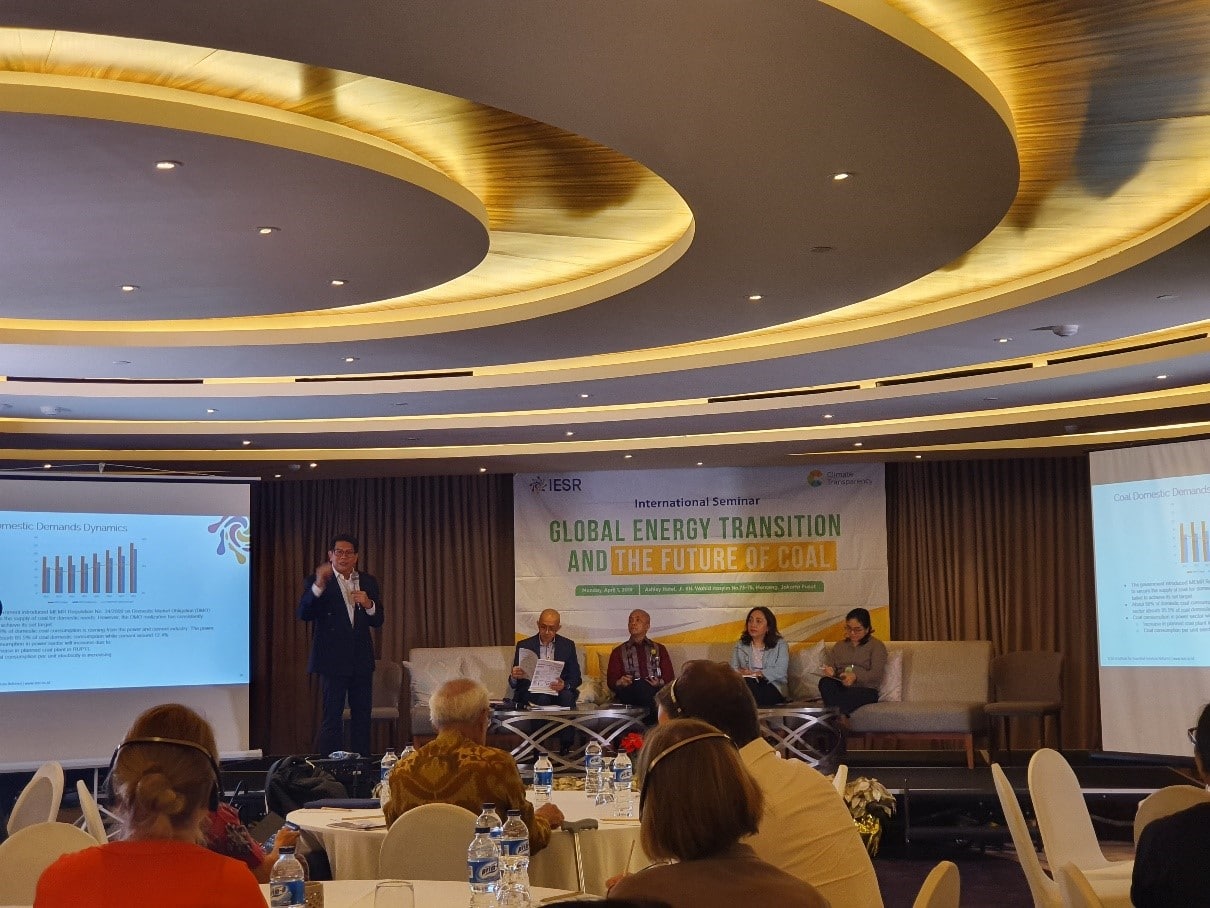Figure 1. Febby Tumiwa presenting the IESR Report on the future of coal.
On 1 April 2019, Purnomo Yusgiantoro Center (PYC) attended The Global Energy Transition and The Future Of Coal seminar at Ashley Hotel Jakarta. Institute for Essential Services Reform (IESR) organized a mini-seminar aimed to discuss the global plan on reducing the greenhouse gasses (GHG) emission after 2030 and reaching net-zero emission in 2050, as well as how to adjust the coal industry following the current trend.
Fabby Tumiwa, as the director of IESR, opened the seminar by presenting the IESR’s report on the coal study. He scrutinized the government regulations that kept on increasing coal production as well as prioritizing the coal utilization even though it already set the target for utilization of renewable energy for the year 2025. Currently coal exports contributed only around 4-to-6 percent of Indonesia’s gross domestic product (GDP) and 2 percent of the national revenue. The percentage will be much higher on the regional scale, where certain provinces received 13-to-45 percent of their regional revenue from the coal industry. Apart from its fiscal benefits, the coal demand on the international market is still high and there is a huge pressure for Indonesia to keep exporting its coal. However, with the sharp declining of pricing for renewable energy, the energy transition is predicted to be carried out ahead of time considering 15 years ago, the Indonesian government had invited many Independent Power Producer (IPP) to develop coal power plants in order to fulfill the fast growth of the electricity demand. Since the life cycle of the coal power plant is around 30-40 years, it is necessary for the government to make sure that there will be no stranded assets in the coal industry.
The seminar was followed by a three-panel discussions. The first panel delivered the topic of energy transition viewed from the energy, climate and economic aspects. Three prominent speakers were invited for this panel and as the first speaker was Ir. Bambang Gatot Ariyono, M.M., the Director General of the Directorate General of Mineral and Coal, Ministry of Energy and Mineral Resources. He mentioned that the government is planning to give more added value to the coal by transforming it to Dimethyl Ether (DME) as product substitution for the Liquid Petroleum Gases (LPG).
Furthermore, in 2046 all the Indonesia’s coal product will be used for domestic purposes only and coal export will be prohibited. The second speaker was Hendra Sinadia as the Executive Director of Indonesia Coal Producer Association. He responded to government regulation regarding the added value of coal product by assuring the government that some coal industries are ready to increase their coal’s value as well as shifting their technology to the clean coal technology. Furthermore, some coal industries are also starting to diversify their income by involving renewable energy business. The last speaker was from Directorate General of Climate Change Control of the Ministry of Environment and Forestry, Dr. Ir. Ruandha Agung Sugardiman. Currently, the Ministry of Environment and Forestry is still drafting the emission reduction roadmap for the five priority sectors. However, mineral and coal industry has yet to be considered as part of the Nationally Determined Contribution (NDC).
The second panel discussion was attended by representatives from four different countries; Germany, China, India and South Africa. Ursula Fuentes, as the representation from Germany, disclosed the significant difference in global temperature rising of 0.5°C. The global temperature rise target was changed from 2°C to 1.5°C during the Intergovernmental Panel on Climate Change (IPCC). She stated that the global trend on reducing the temperature is still on track with the plan. The greenhouse gases (GHG) is still rising and has not yet reaching its peak anytime soon. Coal was always considered to be one of the culprits in the GHG issues. However, the coal phase-out program that is currently applied by the Germany should be carefully reanalyzed if applied in Indonesia in order to avoid abandoned assets and the negative multiplier effect of the coal industry.
China was represented by Alvin Lin who proudly claimed that China has already reached its peak in coal-used and is ready to decrease its coal consumption. There are some aspect that made China already reached the coal consumption peak; (1) GDP growth has decreased; (2) less infrastructure to build; and (3) high technology that requires energy efficiency. The different condition has occurred in India, as stated by Thomas Spencer. India is considered as a developing country with high level of continuous development. It means that India has a high energy consumption with low energy efficiency. Furthermore, energy import has been one of India’s liabilities that takes out 4-to-5 percent of its Gross Domestic Product (GDP). However, India’s renewable energy growth target is among the fastest in the world and it has been foreseen that the peak for coal demand will occur prior to 2030. The last coal producer country, South Africa, was represented by Bryce McCall. Coal has been the third largest external revenue in South Africa for quite some time; however, the current economic and political situation might give a great impact to the business. South Africa has a low growth that leads to a stale demand growth in electricity. The condition was worsened by the political instability that makes the skilled and experienced workers substituted with the inexperienced ones without any proper skill transfer. This condition makes the coal power plant cost around USD 1/kWh or almost third of the average coal power plant cost worldwide. In other hand, the renewable energy price is getting lower and soon overstep the coal price in South Africa. He believed that there will be phasing out of coal consumption in South Africa with the reason being more of the cost competition in the energy market rather than the policy on coal.







